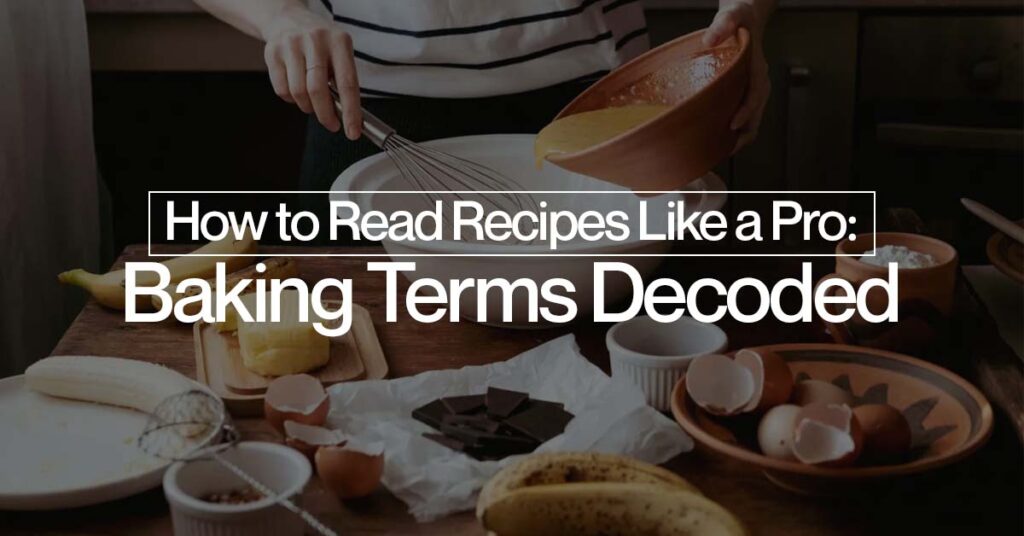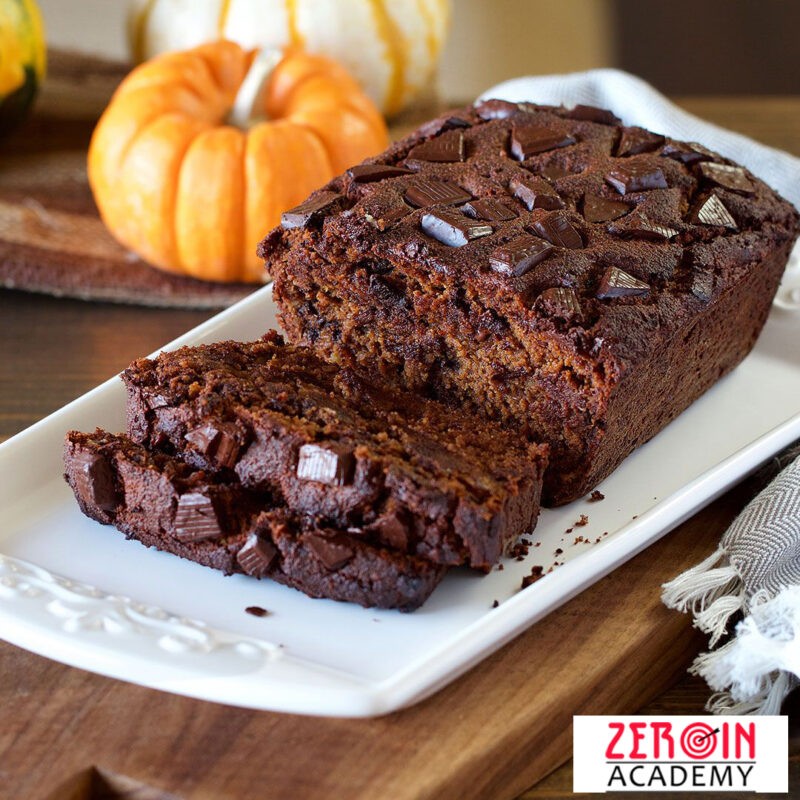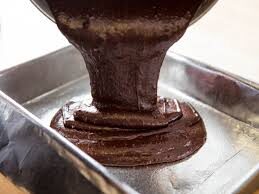
Baking is both a skill and a bit of a science. To get it right, you need to understand what the recipe is really saying. At first glance, baking recipes can seem like a secret code. There are words, measurements, and steps that might confuse you.
At Zeroin Academy, we believe learning these words is the first step to baking with confidence. When you know what the recipe means, you can follow it easily and get great results. Here’s how to read recipes like a pro.
1. Understand Common Baking Terminology
Baking recipes uses basic terms which describe how to mix and prepare ingredients. The following are common terms of that you often hear in baking along with their definitions.
- Creaming: Mixing butter and sugar until light and fluffy incorporates air and lightens your baked goods.
- Fold: A gentle mixing of ingredients, such as whipped egg whites, so you don’t lose the air inside.
- Proof: The method of allowing bread dough with yeast to rest and rise in a warm place.
- Knead: Working dough with your hands to help develop a structure.
- Sift: To pass dry ingredients through a fine mesh; this helps remove lumps and adds air.
These words are more than fancy than words; they tell you exactly how to handle your ingredients to get the best results.
2. Pay Attention to Measurements and Temperatures
Baking is precise; it is all about specific amounts and temperatures. Unlike cooking, you will not be able to use your imagination.
- Weights and volumes: Some recipes are in grams, some are in cups. A kitchen scale is ideal because a cup of flour can vary so much depending on how you measure it.
- Temperature: Always preheat your oven to the temperature specified in the recipe. The temperature of your ingredients also matters; for example, room temperature butter will generally mix better than cold butter.
- Timing: Baking times are generally just an estimate. To determine if something is done baking, visually check it by looking for a golden colour or use a toothpick to see if it’s done.
3. Ready the Recipe – Start to Finish
Don’t just skim the directions. You have to read them word-for-word from top to bottom.
- Order of steps matters – timing makes a difference (like whipping egg whites right before folding).
- Tick off any tasks you can do ahead (like measuring and preheating).
- Track which ingredients present what outcomes for the mix. You will appreciate having the records since this will help eliminate errors and organize you in the event you bake.
4. Understand the Ingredients
When having fun with baking, you will refer to recipes. Recipes often use terms that describe ingredients in a specific way. Which you might not know exactly what that means to baking. Examples of these:
- Confectioners’ sugar: This is powdered sugar.
- Brown sugar, packed: You will need to press it firmly into the measuring cup.
- Butter, softened: Let it sit until it is soft but not melted.
- Eggs, large: This is the standard size used in baking. You might have smaller or larger eggs which could be a small issue.
These little details can help keep your recipe on some sort of balance but also keep your baking consistent.
5. Trust Your Senses
Even though baking needs exact steps, your senses can be helpful at times.
- Feel the dough. It should be sticky, stretchy, or firm, depending on the recipe.
- Watch the colour as it bakes; if it has golden edges often means it’s ready.
- Smell the aroma. Good smells, then that means the flavours are developing well.
At Zeroin Academy, we don’t just help you follow recipes. We help you understand them. That knowledge turns baking from guesswork into a skill you can master. Our bakery Classes In Chennai will walk you through each and every step. You will be gaining confidence in your baking and exploring your own recipes.
Once you know how to read and understand recipes, every baking project becomes easier and more fun.

